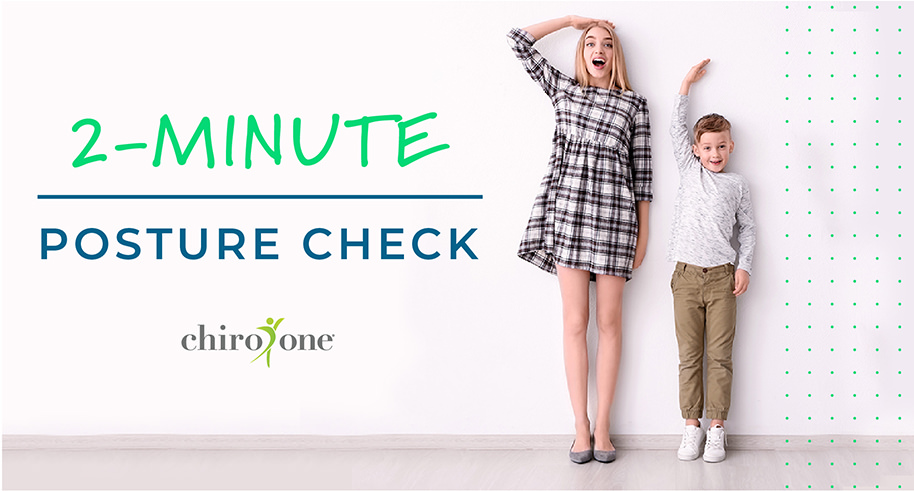
2-Minute Posture Check
Our posture is affected in so many ways throughout the day. Texting, shopping, spending time in your car or sitting at your desk can all […]
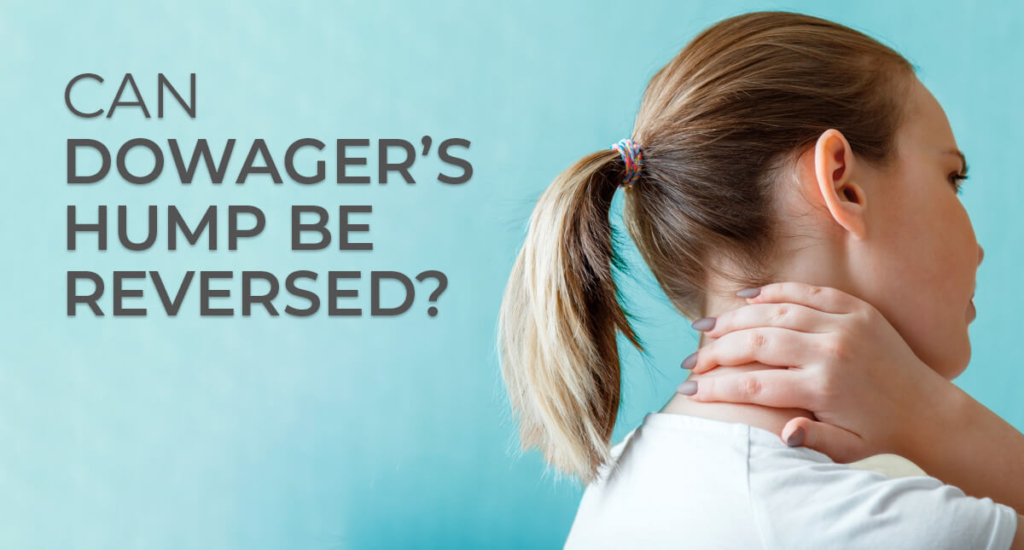
“Don’t slouch your back or it’ll stay that way!” You may have written off that Dowager’s Hump warning as just a scare tactic when it came from Mom, but it turns out she may have been right. Concern about that little hump at the back of the neck is now expressed by musculoskeletal experts across the globe.
Slouching slumping, hunching, sagging, drooping, stooping — however you want to describe poor posture — can lead to Dowager’s Hump, commonly called hunchback (yes, like the famed beast of Notre Dame – but not as dramatic).
Even the medical term for Dowager’s Hump, postural kyphosis, embodies its cause: poor posture. This outward curvature of the upper back causes a hump at the back of the neck, forward head posture, pain, and many other debilitating symptoms. According to the National Library of Medicine, 20-40% of older Americans are affected by it.
Yes, Dowager’s Hump can often be reversed. But of course, as you may expect, it’s not a quick and easy fix. After all, it takes years to develop that hump at the back of the neck — so reversing it takes a bit of time too. Read on to discover the causes, symptoms, treatments and exercises that can improve or correct the unnatural spinal curvature of Dowager’s Hump.
In rare instances, when the spine is not fully formed at birth, Dowager’s Hump can be a genetic condition. In some cases, it can also be a manifestation of osteoporosis, Spina Bifida, or Cushing’s syndrome. But by far the most common cause of Dowager’s hump (or hunchback) is a very common habit: poor posture.
Your spine is the master mover of your entire body, so poor posture habits eventually affect all of it. Slouching while standing or walking, leaning back in chairs or carrying heavy bags can stretch the ligaments and muscles that support your vertebrae, which can increase your spinal curvature and develop that hump at the back of the neck.
When the thoracic vertebrae in your upper back becomes too stretched out, you can slowly develop postural kyphosis (spinal curvature of more than 50 degrees). There are many ways to check for poor posture.
Feel a hump on back of neck muscles that seemed fine not long ago? Could be Dowager’s Hump.
The outward curvature of the upper back’s thoracic vertebrae is obvious to any observer. It appears as a rounded hunch — thus the term “hunchback.” Dowager’s Hump also presents with a forward head posture (the head juts forward to varying degrees). If you notice your spine is curving or that you have a hard time standing straight, you may be developing this condition.
According to the National Library of Medicine, poor posture can gradually cause you to:
Severe late-stage complications of kyphosis can include:
As with every condition, symptoms vary depending on your age, general health, lifestyle and determination to reach your wellness goals before a Dowager’s Hump can intensify.
According to the Cleveland Clinic, the answer is yes, it often can.
Depending on your age, medical history, lifestyle and, of course, the severity of your Dowager’s Hump, you often can improve or even reverse this misalignment.
It can be accomplished by gradually strengthening and toning your upper back muscles to gently pull up your shoulders and your head.
You can begin this process at home with the following exercises:
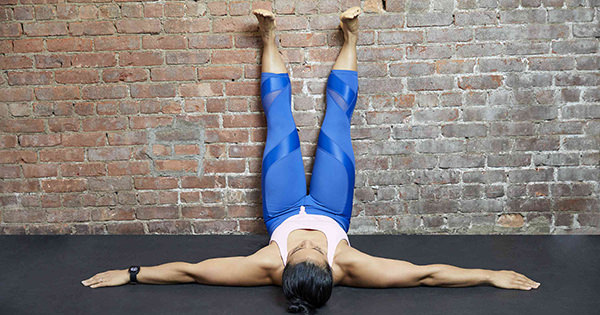
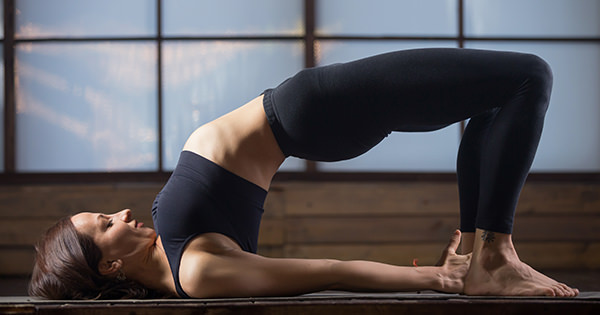
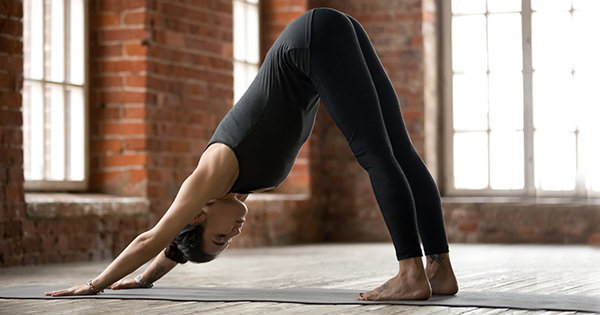
The good news? Dowager’s Hump is preventable and quite often reversible! It just requires gradually changing some habits. Start by making sure:
Consider implementing a regular postural awareness check-in. If you notice your hips are slanted forward and slouching, try creating a slight c-shaped curve in your low back by arching your abdomen forward to redirect your weight towards your “sit” bones. Flexing your ab muscles is another way to remind the body to sit up straight. All these adjustments to your posture will also help promote your general wellness.
Start with this quick and easy check list.
After a “hands on” palpation of your back to discover the exact location of your misalignments, your DC may perform an Xray to determine the phase of misalignment and the amount of degenerative changes in your spine. Then they will gently and strategically release abnormally moving joints to restore your nervous system functions.
Because the type and severity of each patients Dowager’s hump is unique, each care plan will include a custom protocol using one or more of these evidence-based techniques:
This technique helps your chiropractor identify restricted joints with abnormal motion. Using a gentle thrusting technique, they’ll gently stretch your soft tissue in a specific direction and with a calculated depth to create of the misaligned vertebrae.
Your DC may choose either a specific adjustment (gentle force applied to one’s joint or articulation for short leverage exchanges) or a general adjustment (the mobilization of more than a single joint at a time).
This technique combines standard chiropractic joint adjustments with mirror image (opposite position) postural adjustments, mirror image spinal/postural exercise, and mirror-image traction for gentle postural correction.
As your DC provides a sudden gentle thrust to your spinal or pelvic area, the area of your body being worked on is simultaneously dropped by the table. This technique allows for thorough alignments that release pressure from your spine, reduce your inflammation and improve your flexibility.
Whichever technique your DC chooses, its purpose will be to help your body remember its natural vertebrae and joint position, which your posture has shifted. Just as machines need regular maintenance to function optimally, our bodies need regular care. Chiropractic adjustments not only direct posture healing, they help prevent injury and promote your wellness goals.
After delivering your adjustment, your clinic team will prescribe, train you on and supervise a personalized active therapy protocol. Your exercises may include seated or walking traction, floor exercises, wall exercises, and other stretching or strengthening exercises depending on your needs.
Sometimes a brace is needed for a little extra support until your spine is realigned properly as it will train your body to hold and correct the overall curvature of your spine.
After reviewing your assessments and watching your in-clinic progress, your DC may assign you a set of exercises to do at home. They’ll become gradually more difficult as your improvement progresses and your back strengthens.
If you take these steps consistently as instructed, you may be able to reverse Dowager’s Hump and enjoy your natural spinal curvature once again. Of course, your healing journey will require finding a reputable chiropractor that’s right for you.
Check in with your nearest Chiro One doc at one of our welcoming open-plan clinics across the country. They’ll perform a thorough exam to investigate the root cause of your pain, then personalize your care plan — a combination of gentle chiropractic adjustments and active therapies to get you feeling better longer. Find a Chiro One doctor near you.
Subscribe and get news, articles & offers sent right to your inbox each month.
"*" indicates required fields
By subscribing you are agreeing to the Terms and Conditions and Privacy Policy.